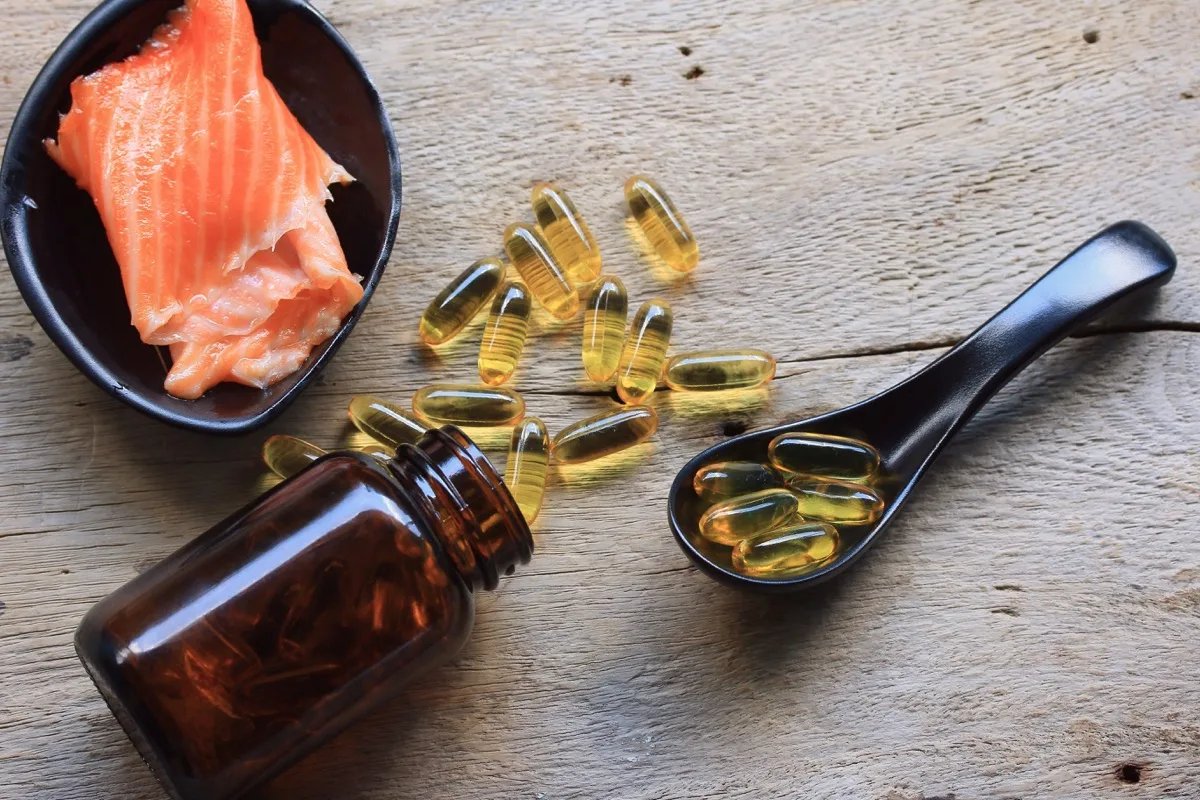
Building the FritoLay of Real Food at @ancientcrunch. Get seed oils out of your pantry ➡️ @masa_chips tortilla chips and @vandy_crisps ➡️ potato chips
11 subscribers
How to get URL link on X (Twitter) App


 1. Burgers
1. Burgers

 1. You are what you eat
1. You are what you eat
 Modern bread is in crisis.
Modern bread is in crisis.
 First, what is Ikejime?
First, what is Ikejime?
 Now, we know correlation != causation...
Now, we know correlation != causation...
 1. Early morning sun maxxing
1. Early morning sun maxxing
 99% of the grocery store is toxic garbage.
99% of the grocery store is toxic garbage. 
 Anyone paying attention the last 10 years knows:
Anyone paying attention the last 10 years knows: 

 Remember flu season when you were a kid?
Remember flu season when you were a kid? 
 I know you've seen it...
I know you've seen it...
 "Beauty is in the eye of the beholder"
"Beauty is in the eye of the beholder"

 The story begins in 2002, when acrylamide was first discovered.
The story begins in 2002, when acrylamide was first discovered. 
 Avocado oil gaining popularity just goes to show how far we've come.
Avocado oil gaining popularity just goes to show how far we've come.
 Seed oils are bad. That's clear by now.
Seed oils are bad. That's clear by now.
 They may not be nice to look at, but chicken feet are a true "superfood", loaded with:
They may not be nice to look at, but chicken feet are a true "superfood", loaded with:
 If you've studied seed oils enough to know they're bad for you, that's great. But there's bad news...
If you've studied seed oils enough to know they're bad for you, that's great. But there's bad news...